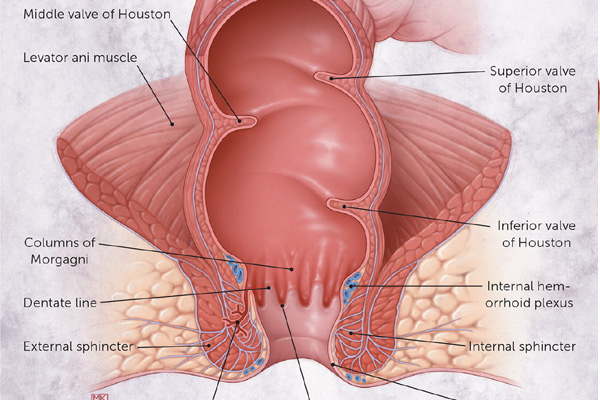Stapled Hemorrhoidectomy
Hemorrhoids are a collection of blood in the venous system (engorged veins) that occurs in the anal/rectal region either internally or externally. They are one of the most common anorectal conditions in general surgery and also in the general population. Most of the lowgrade hemorrhoids (grade I and II) are managed conservatively, while the high-grade hemorrhoids (grade III and IV) often require a surgical approach.
